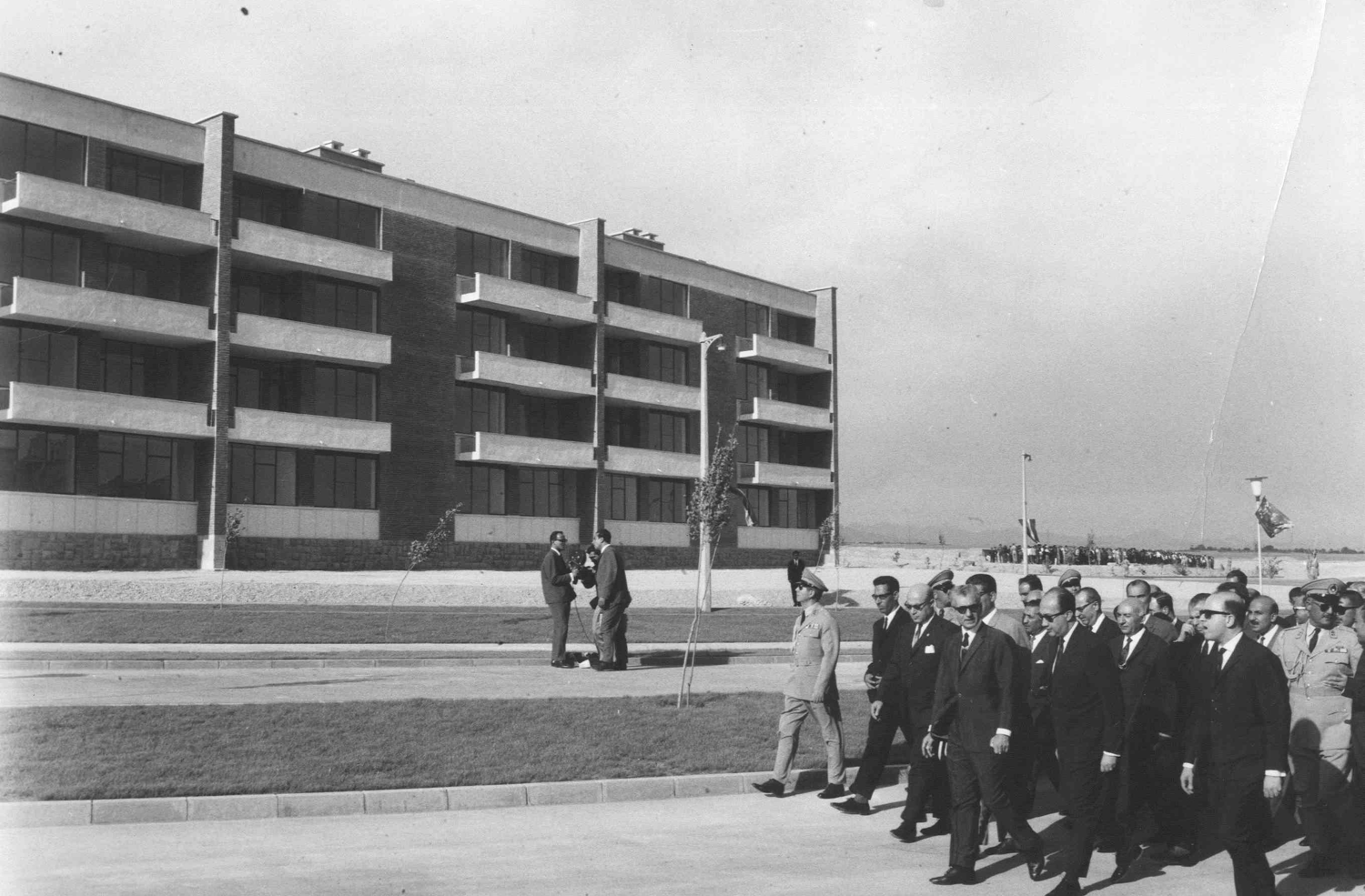
The Architecture of Public Housing in the Cold War Middle East: The Example of Iran (1948-68)
Lectures (2)
Loading Accordion Items...The Overview
While in a few Middle-Eastern countries such as Iran, Egypt and Turkey, the process of modernization started from the mid-nineteenth century, it gained a new momentum in the aftermath of the Second World War, in the whole region. The period of ‘post-war corporatist compact’, as Kevan Harris called it, saw the US hegemony pervade the region and sponsor aided state-led development. In the context of the early Cold War period, the US implemented a geopolitical strategy of negotiating favourable alliances to secure access to oil resources. This strategy sponsored a form of ‘socialism’ paradoxically supported by a corporatist model of industrialization, which in the late 1960s some scholars described as a form of ‘creative modernization’. This form of modernization followed a unique path in the only two non-Arab Middle-Eastern countries, Iran and Turkey, since these countries never experienced the colonialization process. In this view, the local governments had the opportunities to adapt or adopt imported ideas, based on an eclectic process. However, considering the geopolitical importance of the oil-rich Iran to the capitalist world-economy during the Cold War, Iran received a great deal of technical assistance and economic aid from the U.S. for the socio-political and economic reform, under the banner of the ‘Point IV Program’.
This module of two lectures reveals how through the export of U.S. household commodities such as refrigerators, dining tables, and Televisions, the capitalist world economy changed the every-day life of ordinary people in Tehran, Iran; and how these changes led to the development of new housing typologies, to accommodate the so-called working-class, mainly the low-income government employees, in urban areas. Accordingly, this module offers a new insight into the global history of modernization in the Middle East, through the exchange of household commodities and the development of a design manual for state-sponsored large-scale housing schemes, or shortly public housing, in Tehran.


